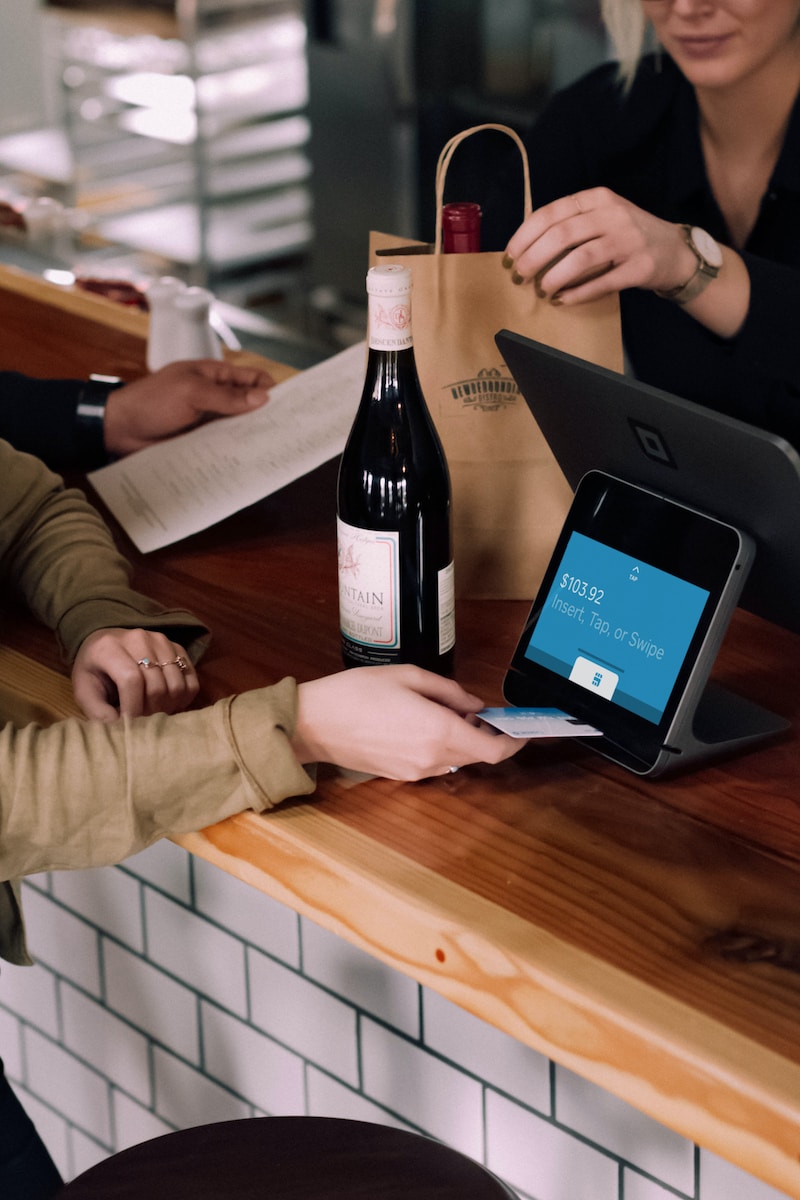Digital footprints are unavoidable in today’s hyper-connected world. Every time we log in to a website, engage with social media platforms, or participate in online marketplaces, we leave behind a trace of our activities. The problem arises when these traces do not line up, resulting in broken online identities. The discrepancy in our online activities often triggers security measures employed by platforms like eBay, Facebook, and Amazon, which can lead to restrictions or outright bans. But this can be circumvented by using the same residential proxy across different access points and syncing Chrome user profiles.
The Power of Residential Proxies
A residential proxy like the one provided by IPBurger provides an IP address associated with a physical location, essentially simulating a real-world internet connection. Unlike data center proxies, residential proxies are tied to an actual ISP, which makes them appear more legitimate to websites.
Utilizing the same residential proxy at your home, work, and even on a remote Chrome browser facilitated by Remote OS at SkuGrid offers several benefits. Primarily, it solidifies your digital identity across the web, making your online activities appear consistent to websites and bypassing security checks and restrictions.
Platforms such as eBay, Facebook, and Amazon employ rigorous systems to verify user identity and secure transactions. However, inconsistencies in IP addresses from where you log in and conduct activities can trigger their security systems, sometimes leading to limitations or even suspensions. By consistently using the same residential proxy, you appear as a single, consistent user to these platforms, regardless of your actual physical location or the device you’re using.
Chrome User Profile Syncing
Google Chrome provides a feature to sync user profiles across various browsers. This is especially useful when using the same residential proxy in multiple locations or devices. Synchronized user profiles further strengthen the notion of a singular, consistent online identity.
To sync your Chrome user profiles, follow these steps:
- Sign in to your Google Account on Chrome. Click on the profile icon on the top right, then click ‘Sign in.’
- Once signed in, Chrome will prompt you to link data and enable sync. Click ‘Yes, I’m in.’
- After enabling sync, go to ‘Settings.’ Under the ‘You and Google’ section, click on ‘Sync and Google services.’
- In the new page, under the ‘Sync’ section, toggle on ‘Sync everything’ to sync all Chrome data to your Google Account. You can also manually select what data to sync.
- Repeat these steps on all Chrome browsers you use, ensuring you sign in with the same Google account.
When you use the same residential proxy and sync Chrome profiles across different devices, websites will not just see the same IP address, but also the same browsing data, bookmarks, passwords, and more. This, in turn, creates a holistic and consistent online identity.
Conclusion
In a digital world that’s increasingly concerned about security and authenticity, maintaining a consistent online identity is vital. Using the same residential proxy like IPBurger’s across various access points and syncing Chrome user profiles helps create a solid, uniform online identity, which can bypass security checks and minimize the risk of encountering restrictions on platforms such as eBay, Facebook, and Amazon. As we navigate the digital landscape, maintaining this consistency can help us harness the full potential of the online platforms we engage with every day.


